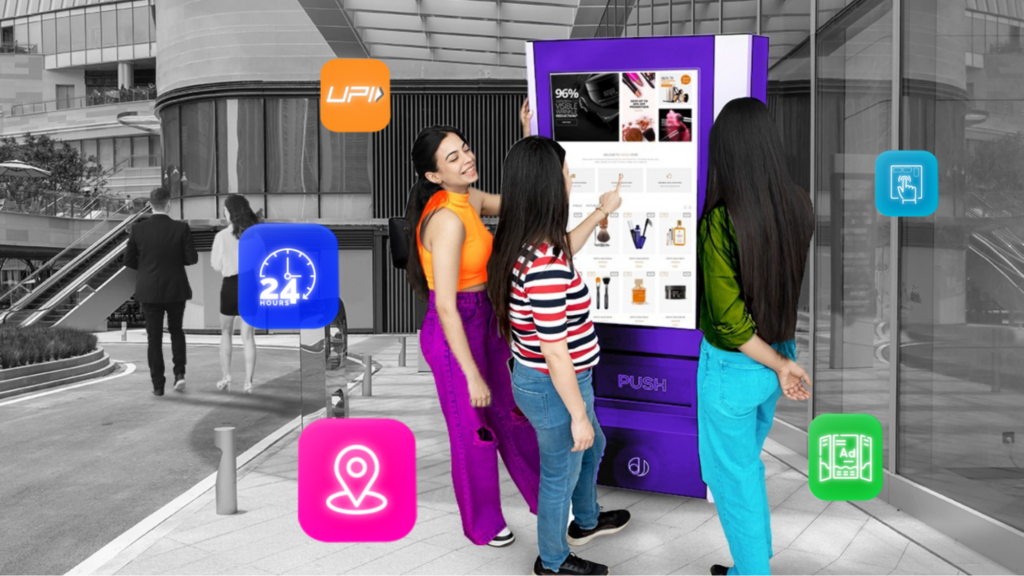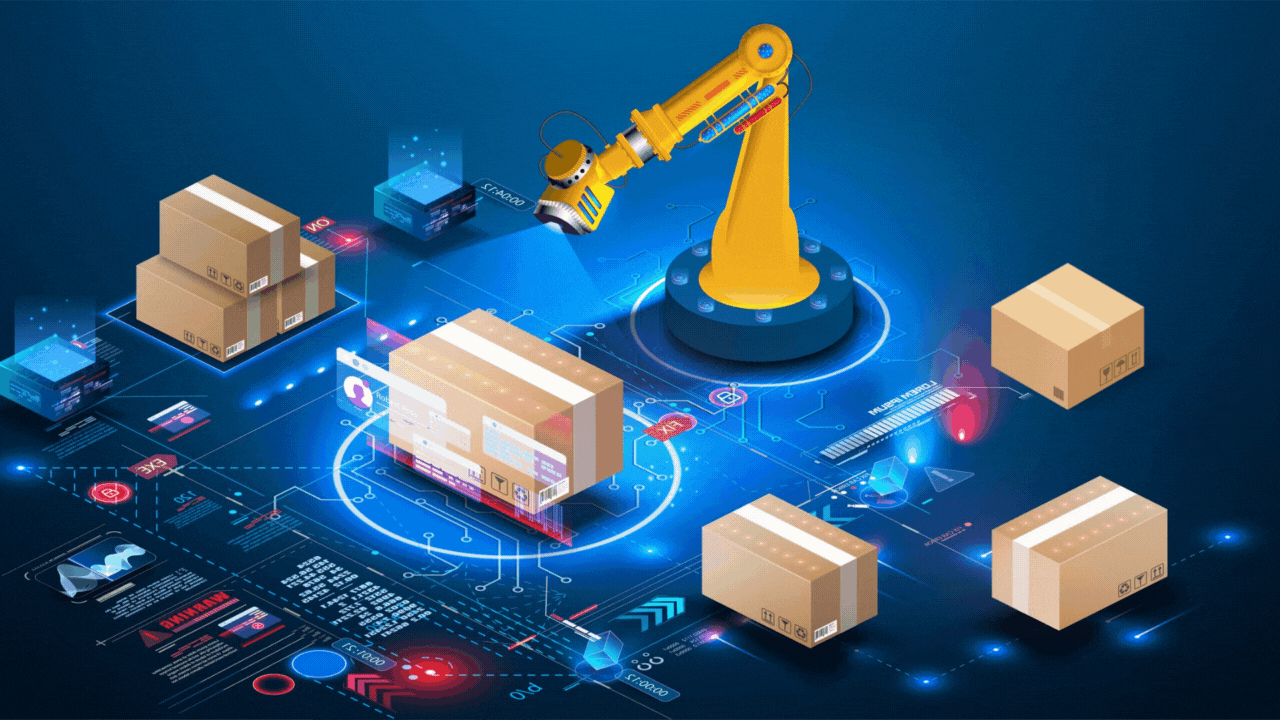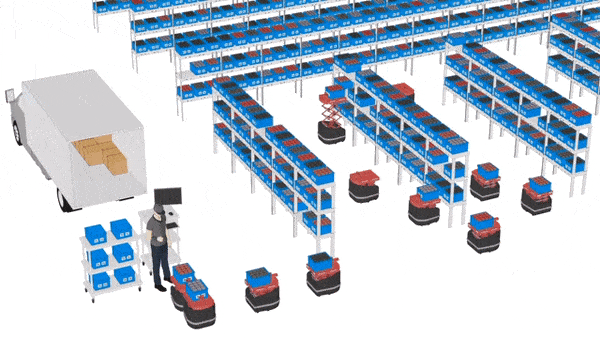
In the fast-paced world of retail, the transition from manual to automated solutions in India is nothing short of a revolution. With technology evolving at an unprecedented rate, businesses are compelled to adapt to stay competitive.
This shift not only streamlines operations but also enhances customer experiences, making it a 360-degree transformation. Let’s take an in-depth look at how automation is reshaping the retail landscape.
What Retail Transformation Brings With It?

In an era where change is the only constant, the retail landscape finds itself at the crossroads of innovation. The shift from manual to automated solutions is not merely a technological upgrade but a strategic metamorphosis, redefining the very essence of commerce.
As we embark on this transformative journey, let’s delve deeper into the multifaceted realm of retail automation in India, exploring its sections that span efficiency, customer experience, and strategic adaptation. From the heart of inventory management to the forefront of customer engagement, automation is the beacon guiding retailers toward a future where seamlessness and agility are paramount. Let us look at the transformations in the following sections.
1. Enhanced Efficiency Through Automated Inventory Management

Gone are the days of manual inventory tracking that led to errors and inefficiencies. The advent of automated inventory management systems has transformed the way retailers keep track of their products. For example, Myntra employs automated inventory management to optimise stock levels, streamline ordering processes, and prevent overstock or stockouts. This ensures efficient operations and enhances customer satisfaction by maintaining product availability.
Consider a scenario where a customer walks into a store looking for a specific item. With an automated inventory system, the staff can quickly locate the product, check its availability, and even suggest alternatives if necessary. This seamless process not only saves time but also enhances customer satisfaction, fostering loyalty in an increasingly competitive market.
2. Social Media Integration for Marketing and Sales

Automation is redefining how retailers leverage social media for marketing and sales. Automated tools can schedule posts, analyse engagement metrics, and even facilitate the direct purchase of products through social platforms.
Zara excels in social media marketing by leveraging platforms like Instagram and Twitter to showcase new collections, engage with followers, and create a sense of urgency through limited-time promotions. This integration ensures that retailers maintain an active and responsive online presence, engage with their audience effectively, and capitalise on social media as a powerful sales channel.
3. Voice Commerce and Virtual Assistants

The rise of virtual assistants and voice-activated devices has introduced a new dimension to retail automation. Amazon integrates voice assistants like Alexa into its ecosystem, enabling users to shop, manage orders, and access information hands-free. This enhances user convenience, promotes Amazon products, and reinforces the brand’s technological innovation.
Customers can now place orders, check product availability, and receive personalised recommendations using voice commands. Retailers are integrating voice commerce capabilities into their systems to cater to the growing segment of consumers who prefer hands-free, voice-activated interactions.
4. Predictive Analytics for Trend Forecasting
Automation facilitates the use of predictive analytics in retail, enabling businesses to anticipate trends and consumer preferences. By analysing historical data, market trends, and social signals, retailers can forecast demand, plan inventory accordingly, and introduce new products that align with upcoming trends.
This proactive approach not only reduces the risk of overstock or stockouts but also positions retailers at the forefront of evolving consumer tastes.
5. Robotics in Warehousing and Fulfilment

The deployment of robotics in warehousing and fulfilment centres is transforming the efficiency of order processing. Automated guided vehicles (AGVs) and robotic arms work collaboratively to pick, pack, and ship products with precision and speed. This not only reduces labour costs but also accelerates order fulfilment, meeting the expectations of customers for swift and accurate deliveries.
6. Blockchain for Supply Chain Transparency
As concerns about product authenticity and supply chain transparency grow, automation, specifically through blockchain technology, is providing a solution. Blockchain ensures an immutable and transparent record of every transaction in the supply chain.
Retailers can trace the journey of products from manufacturing to delivery, providing consumers with verifiable information about the origin and authenticity of the products they purchase.
7. Gamification for Customer Engagement

To enhance customer engagement, retailers are incorporating gamification elements into their strategies. Flipkart employs gamification to boost customer engagement by incorporating features like interactive quizzes, loyalty programs, and reward systems. This strategy enhances user participation, fosters brand loyalty, and creates a more enjoyable shopping experience.
Also, Automated loyalty programs, interactive apps, and gamified shopping experiences captivate customers and encourage repeat visits. By integrating game-like elements, retailers create an immersive and entertaining environment, fostering a deeper connection between the brand and the consumer.
The Automated Horizon – Retail’s Future is Now
The shift from manual to automated solutions in the retail sector in India is not just a technological upgrade; it’s a strategic imperative. Automation enhances efficiency, improves customer experiences, and ensures the agility needed to thrive in today’s dynamic market.
As we witness this 360-degree transformation, it’s evident that the future of retail lies in the hands of those who embrace automation in retail as an integral part of their operations. The question is not whether to automate but how fast and effectively retailers can implement these solutions to stay ahead in the game.
Don’t merely adapt – lead. Embrace the OgmentO advantage and let your retail revolution unfold. Your customers, your team, and your business await the transformative touch of OgmentO.

